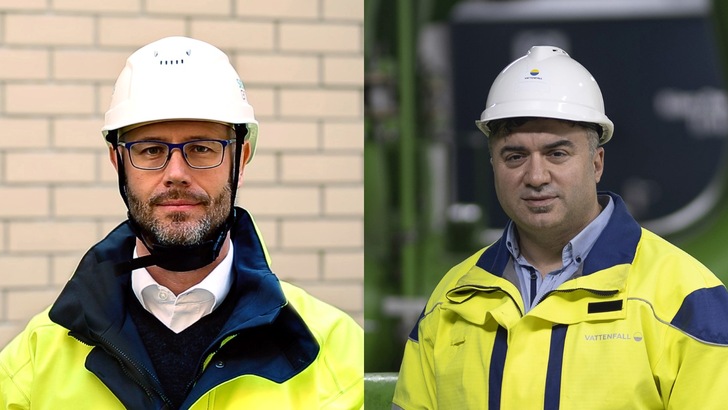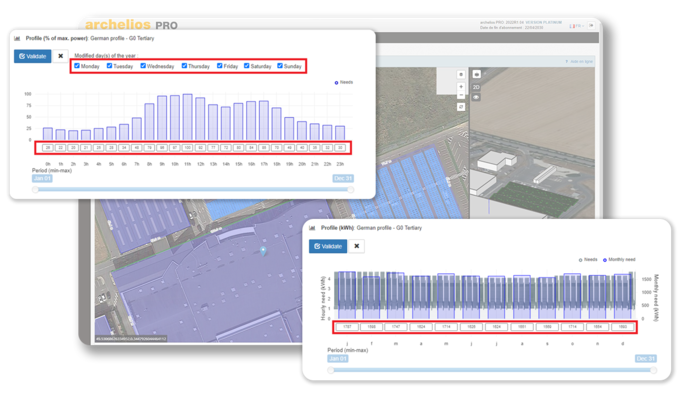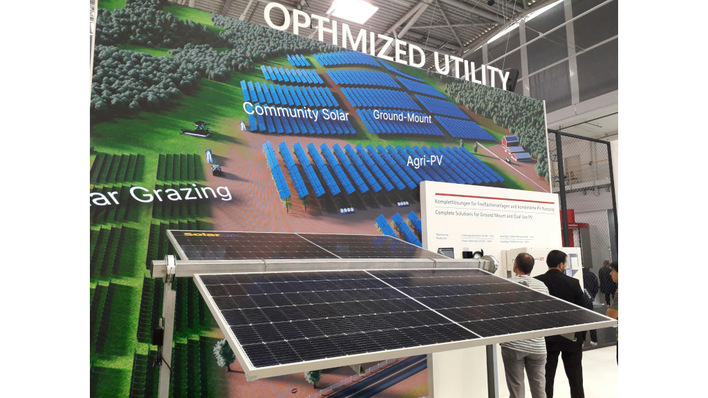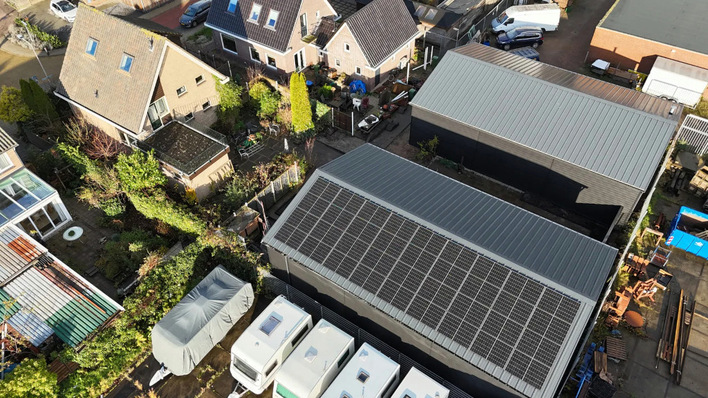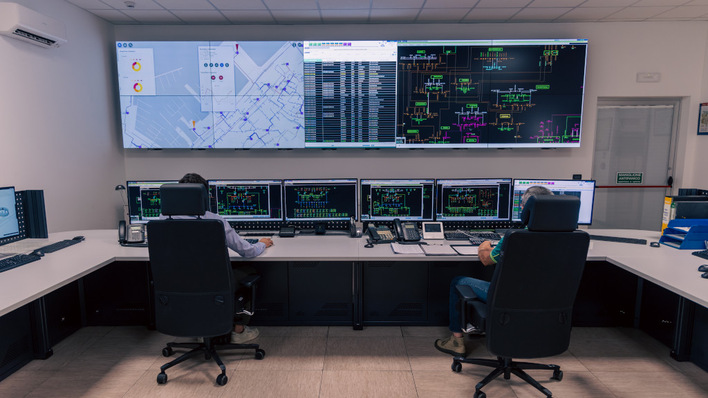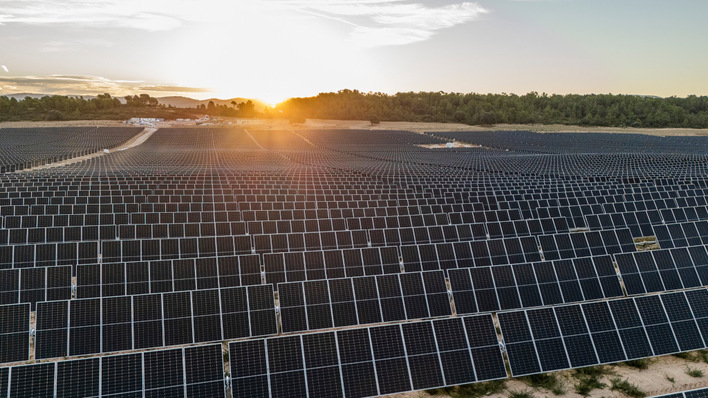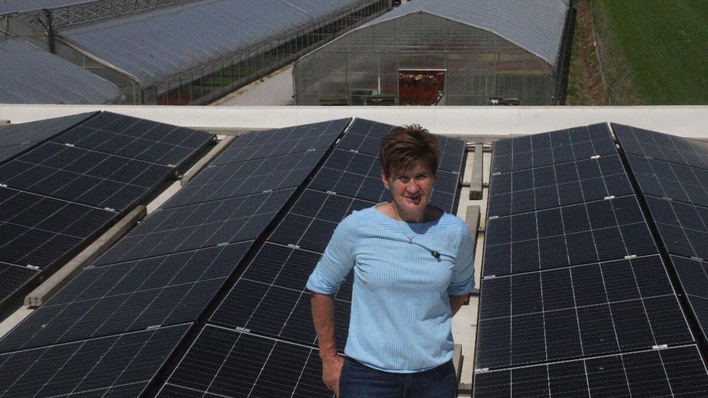Siemens Energy and Vattenfall Wärme Berlin AG are testing a high-temperature heat pump in the cooling centre at Potsdamer Platz that takes this technology to a new level. Project managers Thorsten Fippel from Siemens Energy and Ersan Topcu from Vattenfall Wärme Berlin talk about the current status of the project.
What is the status of the project for the new high-temperature heat pump at Berlin's Potsdamer Platz?
Ersan Topcu: We are on schedule. All preparatory measures have been carried out, two absorption chillers have been dismantled and disposed of to make room for the high-temperature heat pump. The pipelines have been laid. All cable work has been completed and the existing transformers have been moved. In March, we handed over the construction site to Siemens Energy. At the same time, the gradual delivery of the components for the high-temperature heat pump began. These are elements weighing up to 30 tonnes. Everything should be on site by mid-June. As the general contractor, Siemens Energy started the actual installation of the electrical equipment in March. We are planning the so-called "cold commissioning" for September to November. During this time we will start with the test runs. The construction project has no influence on the cooling supply at the site. It has been running smoothly for 25 years. It should stay that way.
Heat pumps are not new territory for Siemens Energy. But the history of this project sounds a little surprising. How did it come about?
Thorsten Fippel: In our central research we came across a foaming agent with interesting physical properties while searching for suitable new types of media for heat pumps. We discovered that we could also use it in other ways. For example, as a heat transfer medium in a high-temperature heat pump. Up to now, heat pumps have been available on the market with a flow temperature of 90 degrees. With the new refrigerant, flow temperatures of up to 150 degrees can be realised. These are parameters that have not been available on the market in these orders of magnitude before. From 100 degrees we are talking about a high-temperature heat pump, from about five megawatts we are talking about a large-scale heat pump.
Did you miss this? 250 year old house is heated using a heat pump
At Siemens Energy we have all the main components in our factories to make a business case out of it. The demand is there. There are a multitude of possible applications. There is an opportunity for us to become a pioneer in this field. So we looked specifically for opportunities to test this technology on an industrial scale in order to obtain reliable results. At Vattenfall, our ears were open. With the refrigeration centre at Potsdamer Platz, we found the ideal location.
What is special about the solution at Potsdamer Platz?
Ersan Topcu: Our high-temperature heat pump uses the waste heat generated in the refrigeration centre, which was previously discharged into the environment via cooling towers. With its help, we increase the energy efficiency of our cooling system and at the same time produce environmentally friendly heat for the Berlin quarter. The heat pump is to be operated with green electricity, which will be realised through certificates. The total amount of heat it produces annually is 55 gigawatt hours. This can supply 30,000 households with hot water in summer and 3,000 households with heat in winter. Annually, this process saves 6,500 tonnes of carbon dioxide and about 120,000 cubic metres of cooling water.
See also: Vattenfall tests wireless charging for electric taxis in Sweden
What role will high-temperature heat pumps play in the heating sector in the future?
Thorsten Fippel: We will not be able to do without them in the future. There are many areas of application, for example in power plants, in the paper, food and chemical industries, as well as in data centres and district heating networks. Over the next three years, we want to gain important experience in the pilot plant at Potsdamer Platz together with Vattenfall. In the future, we will be able to offer heat pumps with a potential of 5 to 70 megawatts. (mfo)
For a commentary on why heat pumps are so important in these times, have a look at this video from the Youtube channel Technology Connections:


